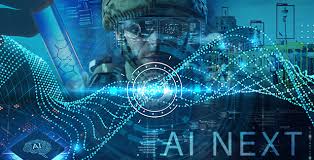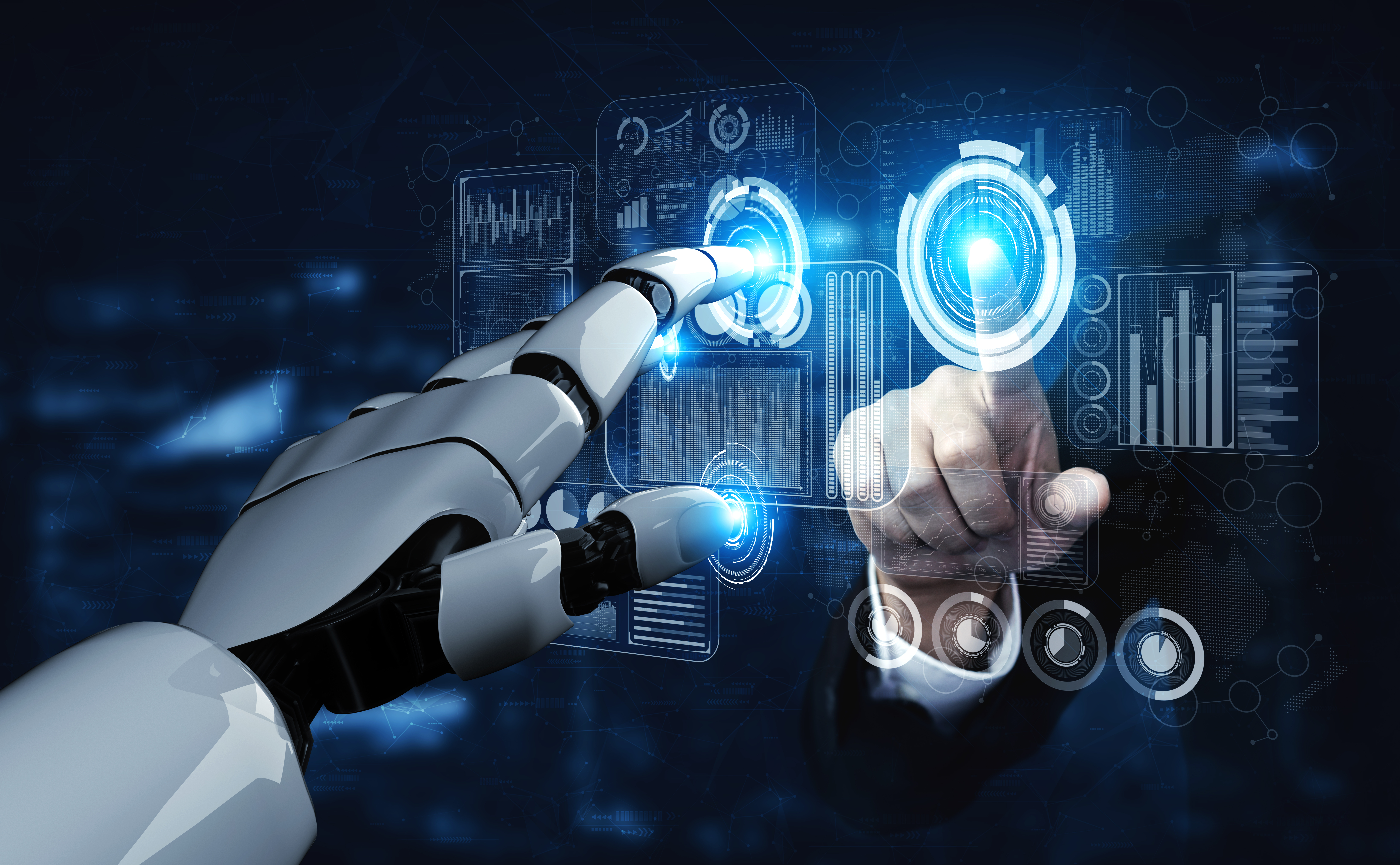Understanding Symbolic AI: The Foundation of Artificial Intelligence
Symbolic AI, often referred to as “good old-fashioned AI” (GOFAI), is one of the earliest approaches to artificial intelligence. It focuses on using symbols and rules to represent knowledge and solve problems. This approach contrasts with modern techniques like machine learning, which rely on data-driven methods.
The Core Principles of Symbolic AI
At its heart, symbolic AI is based on the idea that human thought can be represented through symbols and logical reasoning. Here are some key principles:
- Representation: Knowledge about the world is encoded using symbols. These symbols can represent objects, actions, or concepts.
- Logic and Rules: Symbolic AI uses formal logic and rule-based systems to manipulate these symbols. This allows for reasoning, problem-solving, and decision-making.
- Transparency: The processes in symbolic AI are explicit and interpretable, making it easier to understand how decisions are made compared to some black-box models in machine learning.
Applications of Symbolic AI
Despite being an older approach, symbolic AI has been successfully applied in various domains:
- Expert Systems: These systems use a set of rules derived from human experts to make decisions or solve specific problems. They have been used in fields like medical diagnosis and financial services.
- NLP (Natural Language Processing): Early NLP systems relied heavily on symbolic methods for tasks such as parsing sentences and understanding language structure.
- Theorem Proving: Symbolic AI has been used in mathematical theorem proving by representing mathematical concepts as symbols and applying logical rules to derive proofs.
The Limitations of Symbolic AI
While symbolic AI laid the groundwork for many advancements in artificial intelligence, it has its limitations:
- Lack of Flexibility: Rule-based systems can be rigid and struggle with tasks that require adaptation or learning from new data.
- Difficulties with Unstructured Data: Symbolic methods are less effective when dealing with unstructured data like images or raw text without predefined rules.
- Cognitive Biases: Encoding human knowledge into rules can inadvertently introduce biases present in human reasoning.
The Future of Symbolic AI
Todays’ research often combines symbolic approaches with other techniques like neural networks to create hybrid models that leverage the strengths of both paradigms. These hybrid models aim to improve reasoning capabilities while maintaining flexibility and adaptability. As artificial intelligence continues to evolve, symbolic methods may play a crucial role in enhancing transparency and interpretability in complex systems.
In conclusion, while symbolic AI might seem overshadowed by modern machine learning techniques, its contributions remain foundational. Understanding its principles helps appreciate how far the field has come and where it might head next.
Understanding Symbolic AI: Key Questions and Answers
- Is NLP symbolic AI?
- What is symbolic AI examples?
- What is the difference between neural and symbolic AI?
- Why did symbolic AI hit a dead end?
- What is symbolic and non symbolic AI?
Is NLP symbolic AI?
Natural Language Processing (NLP) can be both symbolic and non-symbolic, depending on the techniques used. Traditionally, NLP relied heavily on symbolic AI methods, using rule-based systems and symbolic representations to understand and process human language. These systems employed grammar rules, dictionaries, and logical reasoning to parse and interpret text. However, with advancements in machine learning and deep learning, NLP has increasingly shifted towards data-driven approaches that utilize neural networks to learn patterns from large datasets. While modern NLP often incorporates these statistical methods for tasks like translation or sentiment analysis, symbolic AI still plays a role in areas that require explicit reasoning or when transparency in decision-making is crucial. Thus, NLP can encompass both symbolic and sub-symbolic AI methodologies.
What is symbolic AI examples?
Symbolic AI is characterized by its use of symbols and rules to represent knowledge and perform reasoning. Examples of symbolic AI include expert systems, which utilize a set of predefined rules and facts to mimic the decision-making abilities of a human expert in specific fields such as medical diagnosis or financial analysis. Another example is natural language processing (NLP) systems from earlier decades, which relied on symbolic methods to parse sentences and understand grammatical structures. Additionally, symbolic AI has been employed in theorem proving, where mathematical concepts are represented as symbols, and logical reasoning is applied to derive proofs. These examples illustrate how symbolic AI uses structured representations to solve complex problems through logical inference.
What is the difference between neural and symbolic AI?
Neural AI and symbolic AI represent two distinct approaches to artificial intelligence, each with its own strengths and methodologies. Symbolic AI relies on explicit, human-readable symbols and rules to represent knowledge and perform reasoning tasks, making it highly interpretable and suitable for problems where logic and structured data are predominant. In contrast, neural AI, often associated with deep learning, uses artificial neural networks to learn patterns from large datasets. This approach excels at handling unstructured data like images and audio but often operates as a “black box,” making it less transparent in terms of decision-making processes. While symbolic AI provides clear reasoning paths, neural AI offers flexibility and adaptability through its ability to learn from vast amounts of data without predefined rules.
Why did symbolic AI hit a dead end?
Symbolic AI hit a dead end primarily due to its limitations in handling the complexity and variability of real-world data. While it excels in structured environments with clear rules, such as solving logical puzzles or operating expert systems, it struggles with tasks that require learning from unstructured data, like images or natural language. The rigidity of rule-based systems makes them inflexible and unable to adapt to new situations without extensive reprogramming. Additionally, symbolic AI’s reliance on explicitly encoded human knowledge can introduce biases and lacks the ability to generalize from examples, a key strength of modern machine learning techniques. As a result, the field shifted towards data-driven approaches that offer more adaptability and scalability in diverse applications.
What is symbolic and non symbolic AI?
Symbolic AI and non-symbolic AI represent two distinct approaches to artificial intelligence. Symbolic AI, also known as rule-based or logic-based AI, involves using clear, human-readable symbols and a set of predefined rules to represent knowledge and perform reasoning. This approach relies on logical inference and is often used in systems like expert systems and theorem provers. In contrast, non-symbolic AI, which includes techniques such as neural networks and genetic algorithms, focuses on learning patterns from data rather than relying on explicit rules. Non-symbolic methods are often data-driven and excel at handling complex, unstructured data like images or natural language. While symbolic AI offers transparency and interpretability, non-symbolic AI provides flexibility and adaptability in dynamic environments. Both approaches have their strengths and limitations, and modern AI research often seeks to integrate them to leverage the benefits of each.


